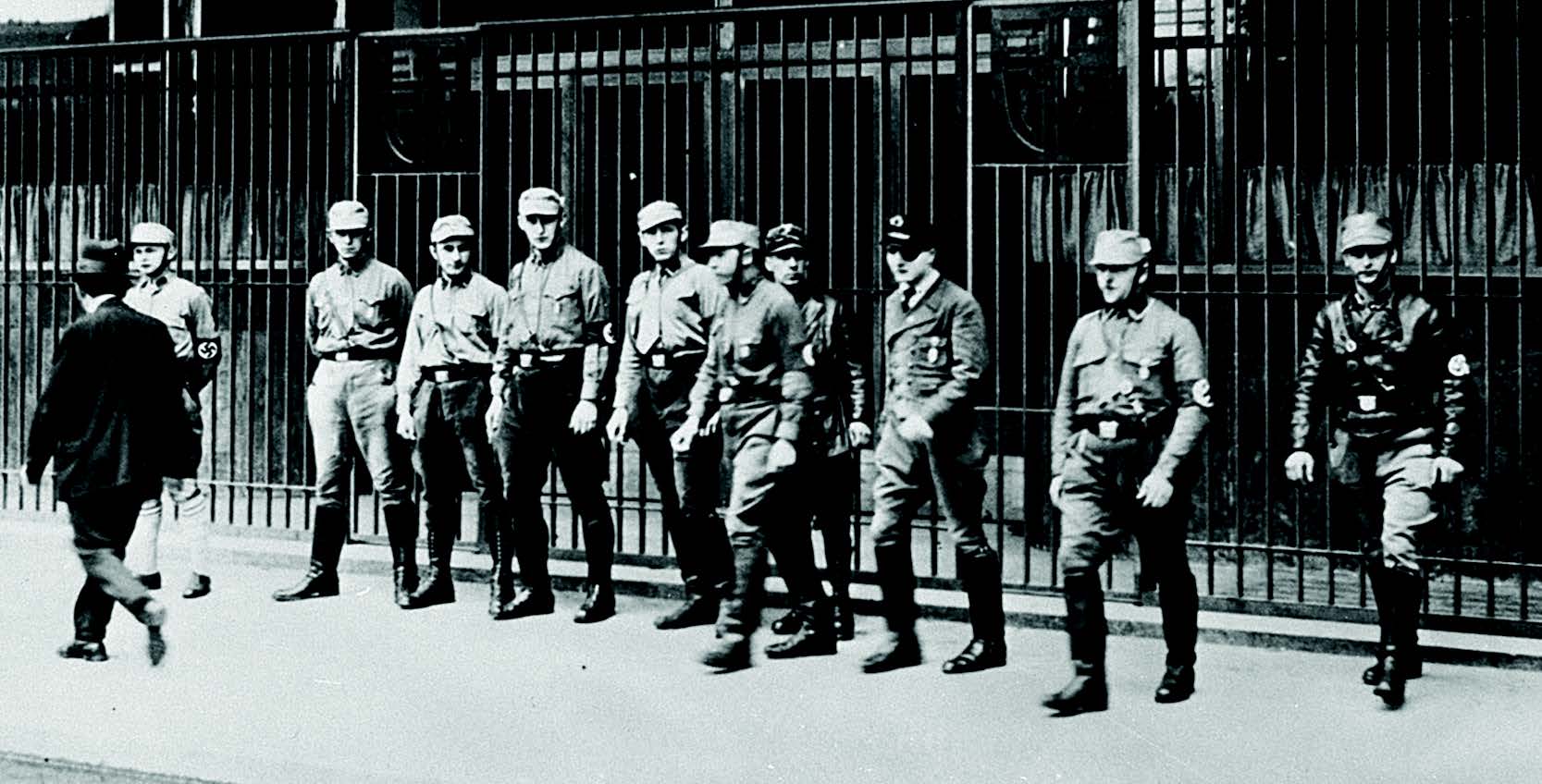May 23, 2024
A Notorious Part of History: May 1933: The Dissolution of Labor Unions in Nazi/Fascist Germany
 History is valuable for lessons learned. As authoritarianism and a march toward fascist rule are taking a dangerous hold in the United States, the May 1933 lessons from Nazi Germany should be a wakeup call for all workers and our unions.
History is valuable for lessons learned. As authoritarianism and a march toward fascist rule are taking a dangerous hold in the United States, the May 1933 lessons from Nazi Germany should be a wakeup call for all workers and our unions.
In early 1933, Hitler and the fascist Nazi party took power. At the time, the German free trade union movement was one of the largest in the world.
When Hitler was appointed Chancellor on Jan. 30, 1933, he did not have a majority in the German parliament (Reichstag). In order to consolidate power, in February 1933, the Nazi Party set fi re to the Reichstag, and then blamed it on a “communist plot” to overthrow the government.
The fire was used to promote the “Reichstag Fire Decree,” which suspended all civil liberties and democratic rights, including: habeas corpus, privacy of the mail and telephone, freedom of expression and the press, the right to public assembly, and protections against search and seizure in relations to homes and property. Opposition leaders were arrested. All these draconian measures were used to allow Hitler to rule by decree.
However, the German labor movement’s seven million union members still posed a real threat to the Nazis’ fascist consolidation of power, despite the unions’ weakened state.
The Nazi Party’s paramilitary “storm troopers” (fascist armed thugs) stepped up attacks on union members and their offices in dozens of towns. The day after 1933’s May Day International Workers’ Day celebrations, real and free labor unions were outlawed throughout the country.
Police and “storm troopers” raided labor union offices across the country. Union funds were confiscated, and their organizations dissolved. The Nazis beat union officials, murdered many, and arrested many more. Leaders were imprisoned in concentration camps, including Dachau, which was specially built to imprison and murder trade unionists, members of the Communist Party (KPD), the Social Democratic Party (SPD) and other dissidents.
In place of genuine labor unions, workers were forced to join the German Labor Front (DAF), which was the national labor organization of the Nazi party.
Collective bargaining and the right to strike were abolished, and pay and working conditions were set by Nazi officials. The DAF counted bosses within its membership and was primarily used to spread the Nazis’ antisemitic propaganda among workers. Wages were frozen and the work week increased by 20 percent in just a few years.
With labor unions liquidated, the Nazis moved next to abolish political parties. Within six months of coming to power, Hitler had used a combination of his paramilitary thugs, a series of manufactured crises like the Reichstag fi re, and, importantly, the existing authority of the German constitution, to give himself absolute power to carry out some of the worst crimes against humanity in history. ■



